Comet last seen by Neanderthals to be visible to the naked eye in February
A comet which was last seen by Neanderthals could make another trip to Earth next month.
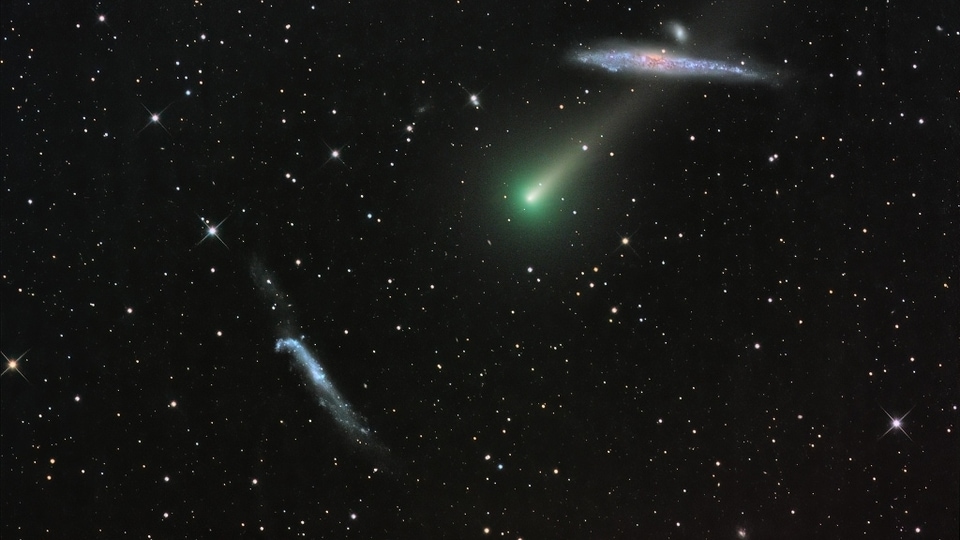
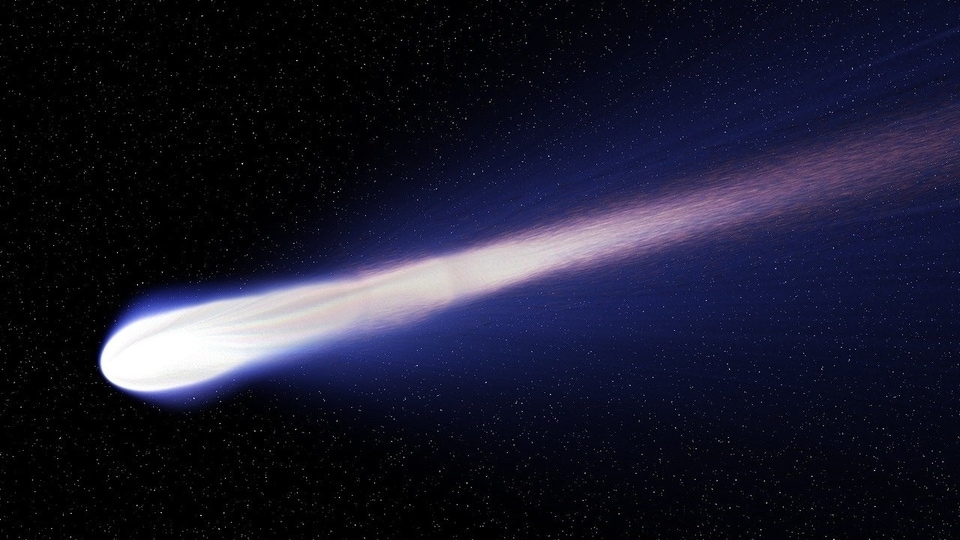
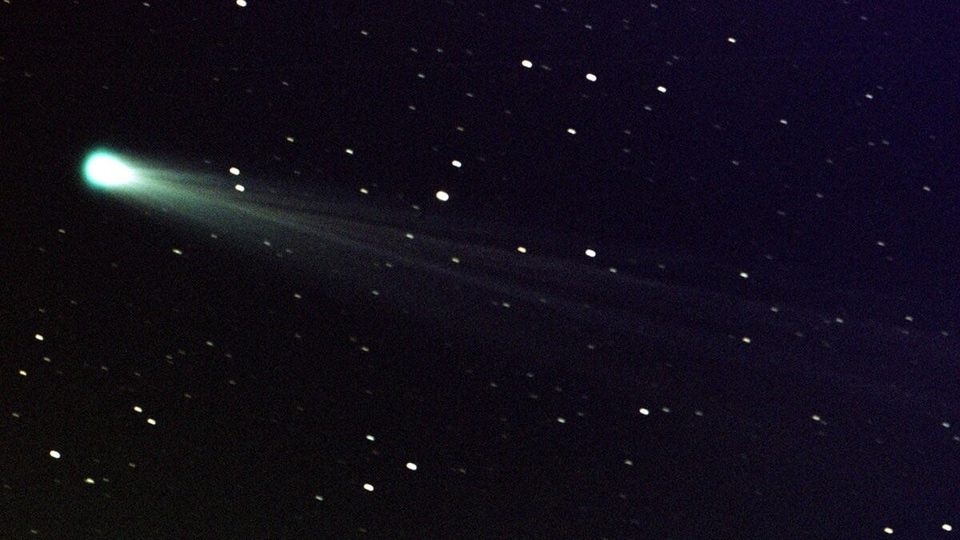
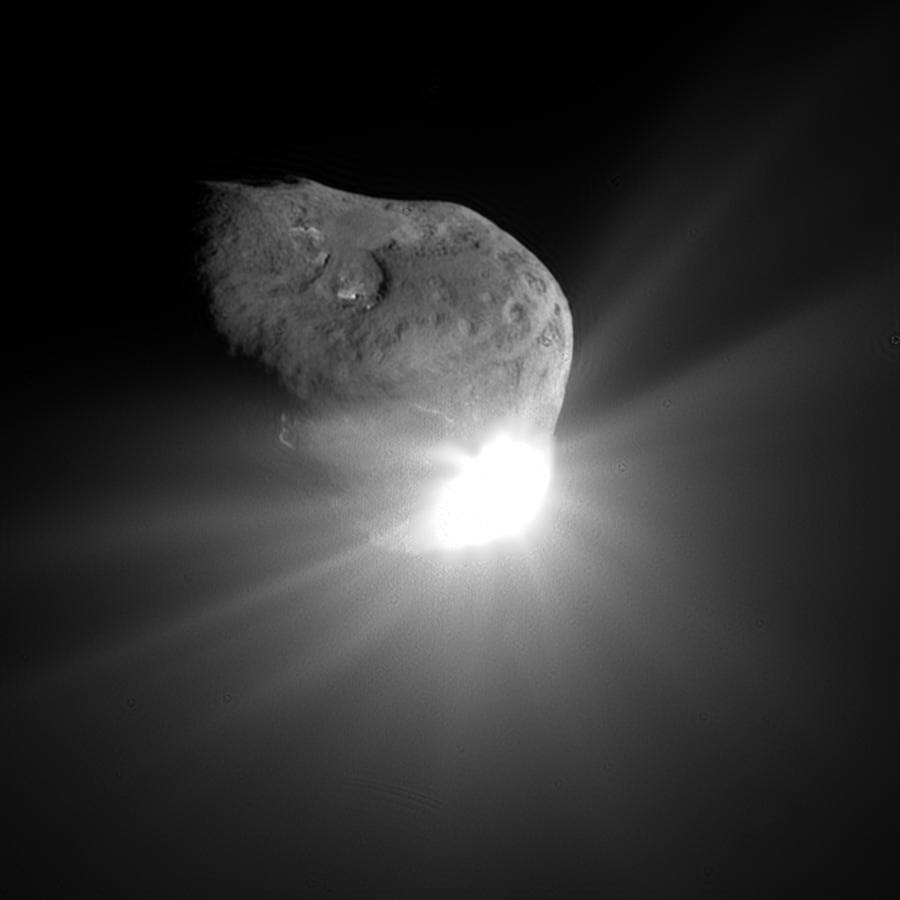
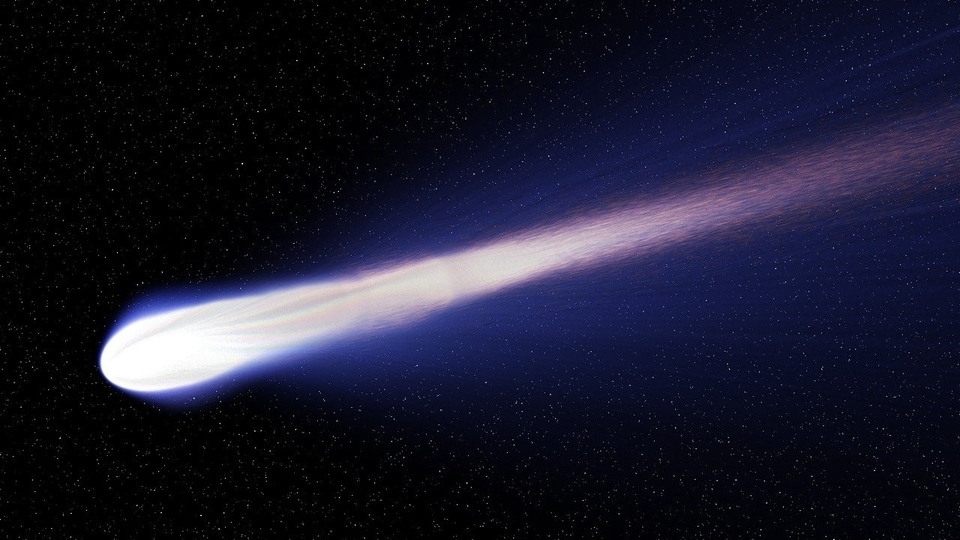
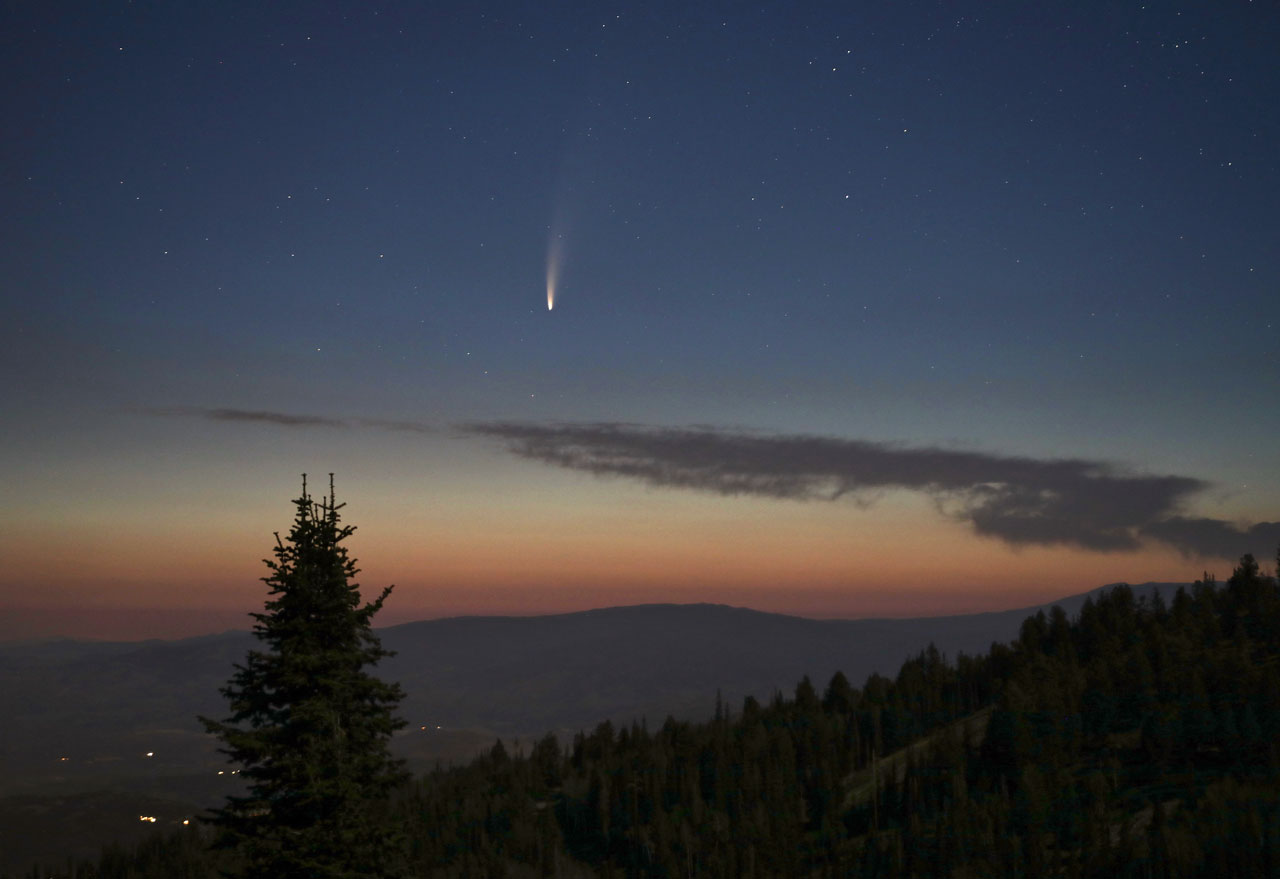
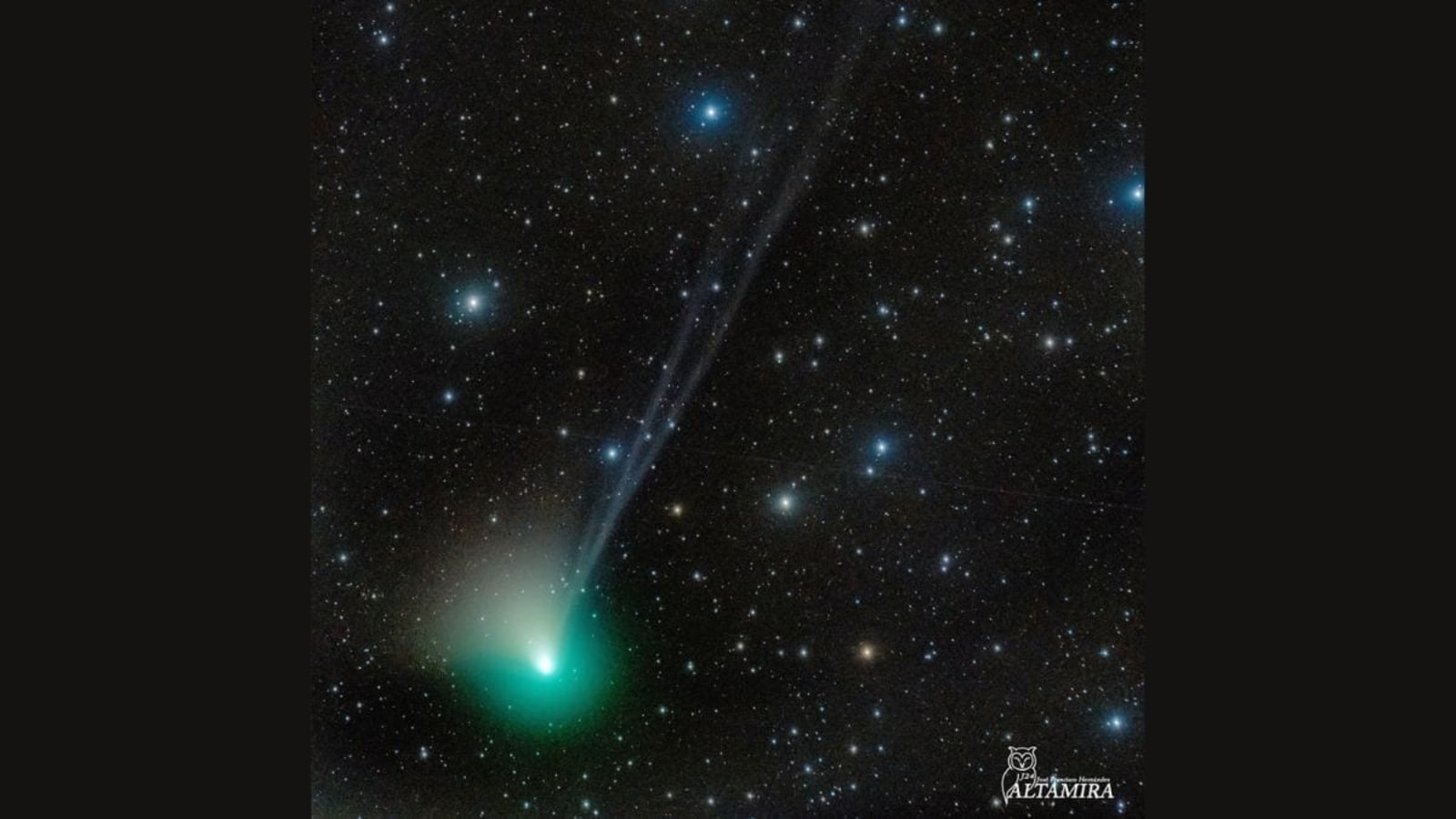
 View all Images
View all ImagesIf you are a fan of watching comets, there is some exciting news for you. A comet which was last seen by Neanderthals is all set to pass Earth this year. Comets are cosmic snowballs of frozen gases, rock and dust roughly the size of a small town. A comet also orbits the Sun, but unlike an asteroid, it's mostly composed of ice and dust. When a comet gets close to the Sun, its ice and dust content start to vaporize. So, when seen in a telescope, a comet appears fuzzy and has a tail.
Although comets pass Earth relatively frequently, there is something special about this one. The comet has a period of around 50,000 years, meaning the last time it flew past Earth closely, it was seen by Neanderthals during the Upper Paleolithic period on Earth, although we're not sure they would've known much about it.
This comet is called C/2022 E3 (ZTF) and it is presently located around 100 million miles away from Earth, but is rushing towards our planet fast. Comet C/2022E3 (ZTF) is a long-period comet that originated in the Oort cloud. Comet C/2022 E3 (ZTF) was discovered by astronomers using the wide-field survey camera at the Zwicky Transient Facility in 2022 in early March, NASA revealed. Astronomers say that it will come within roughly 26 million miles of Earth on February 1.
NASA says that on a voyage through the inner Solar System comet C/2022 E3 will be at perihelion, its closest to the Sun, in the new year on January 12 and at perigee, its closest to Earth, on February 1.
Although comets are usually unlikely to be visible to the naked eye, the Comet C/2022 E3 (ZTF) could be visible to people around the world watching with naked eyes for a few days around the period of its close approach.
NASA says that this comet is now sweeping across the northern constellation Corona Borealis in predawn skies and it is still too dim to see without a telescope.
Catch all the Latest Tech News, Mobile News, Laptop News, Gaming news, Wearables News , How To News, also keep up with us on Whatsapp channel,Twitter, Facebook, Google News, and Instagram. For our latest videos, subscribe to our YouTube channel.




























